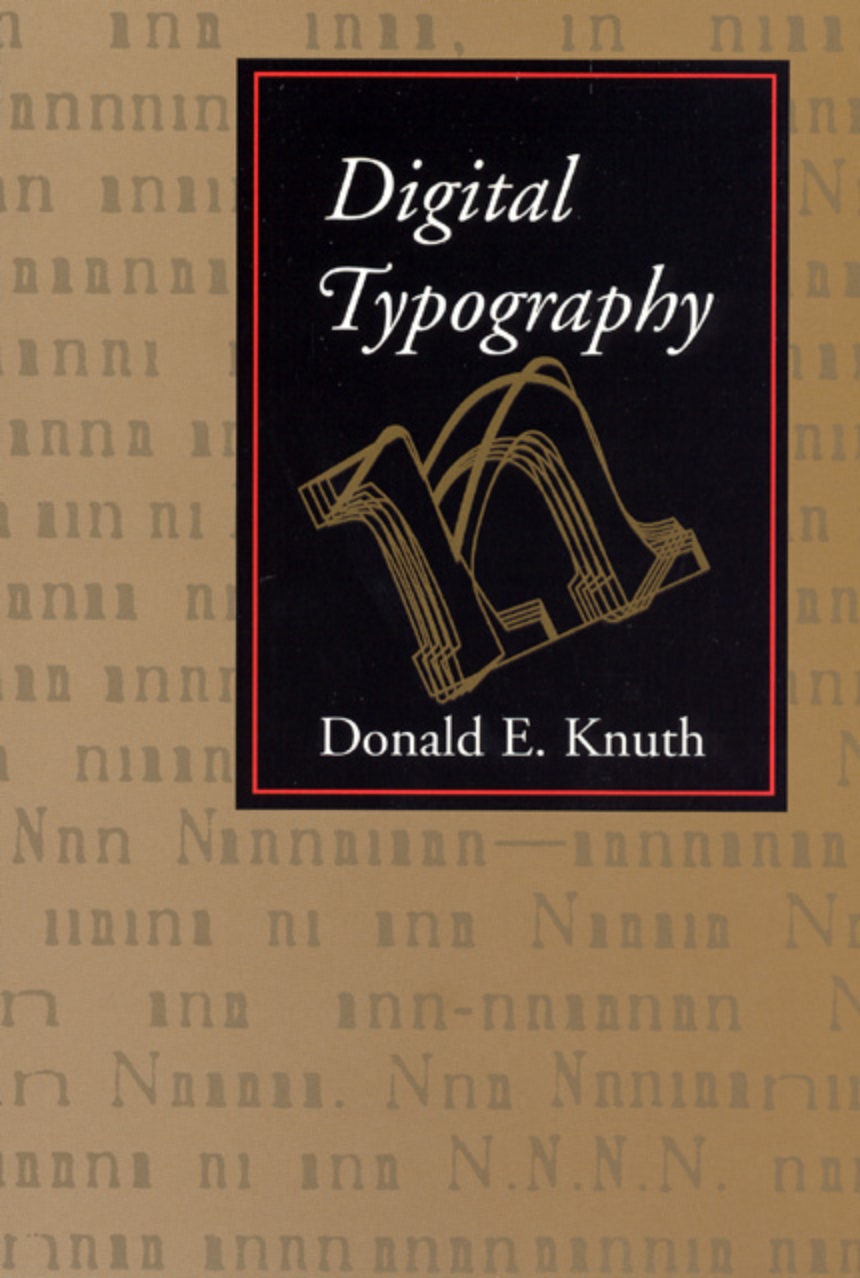Distributed for Center for the Study of Language and Information
Digital Typography
In this collection, the second in the series, Knuth explores the relationship between computers and typography. The present volume, in the words of the author, is a legacy to all the work he has done on typography. When he thought he would take a few years’ leave from his main work on the art of computer programming, as is well known, the short typographic detour lasted more than a decade. When type designers, punch cutters, typographers, book historians, and scholars visited the University during this period, it gave to Stanford what some consider to be its golden age of digital typography. By the author’s own admission, the present work is one of the most difficult books that he has prepared. This is truly a work that only Knuth himself could have produced.
Table of Contents
1 Digital Typography
2 Mathematical Typography
3 Breaking Paragraphs Into Lines
4 Mixing Right-to-Left Texts with Left-to-Right Texts
5 Recipes and Fractions
6 The TEX Logo in Various Fonts
7 Printing Out Selected Pages
8 Macros for Jill
9 Problem for a Saturday Morning
10 Exercises for TEX: The Program
11 Mini-Indexes for Literate Programs
12 Virtual Fonts: More Fun for Grand Wizards
13 The Letter S
14 My First Experience with Indian Scripts
15 The Concept of a Meta-Font
16 Lessons Learned from METAFONT
17 AMS Euler--A New Typeface for Mathematics
18 Typesetting Concrete Mathematics
19 A Course on METAFONT Programming
20 A Punk Meta-Font
21 Fonts for Digital Halftones
22 Digital Halftones by Dot Diffusion
23 A Note on Digital Angles

